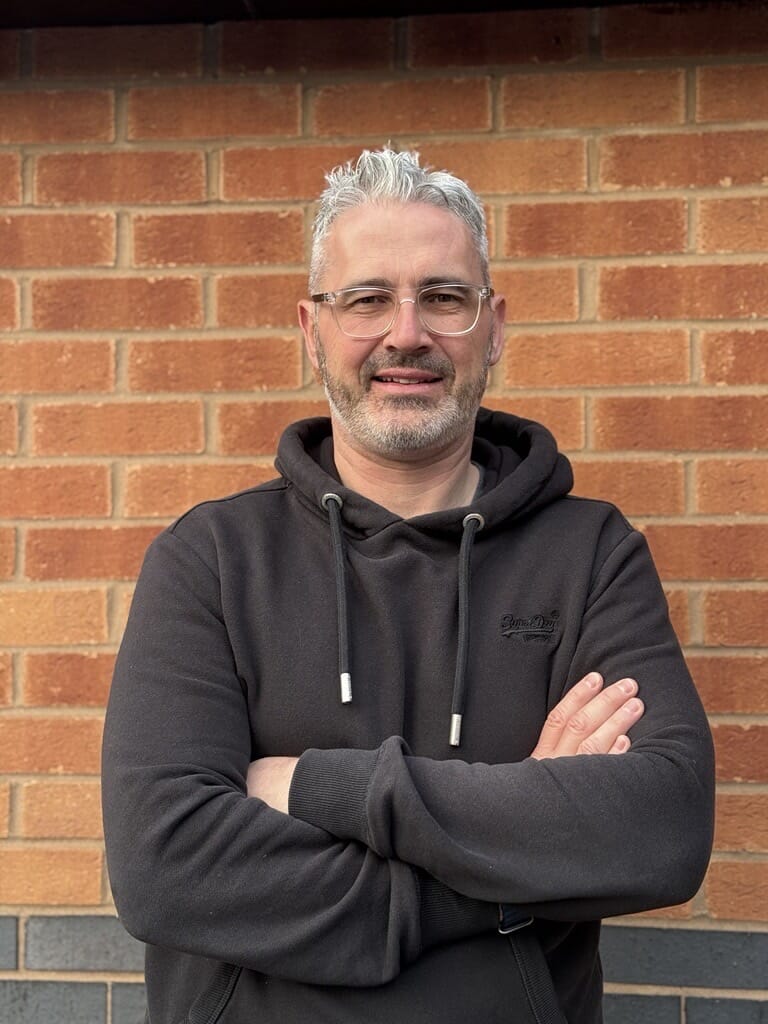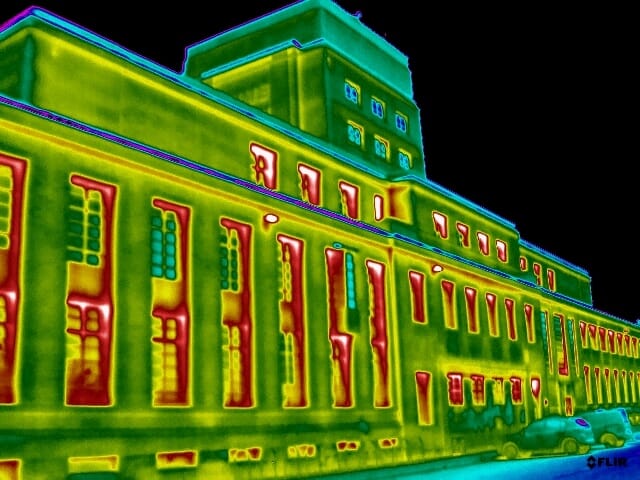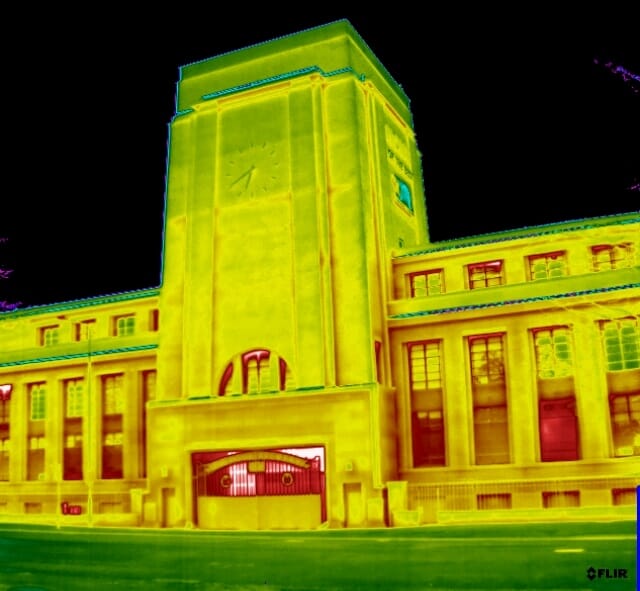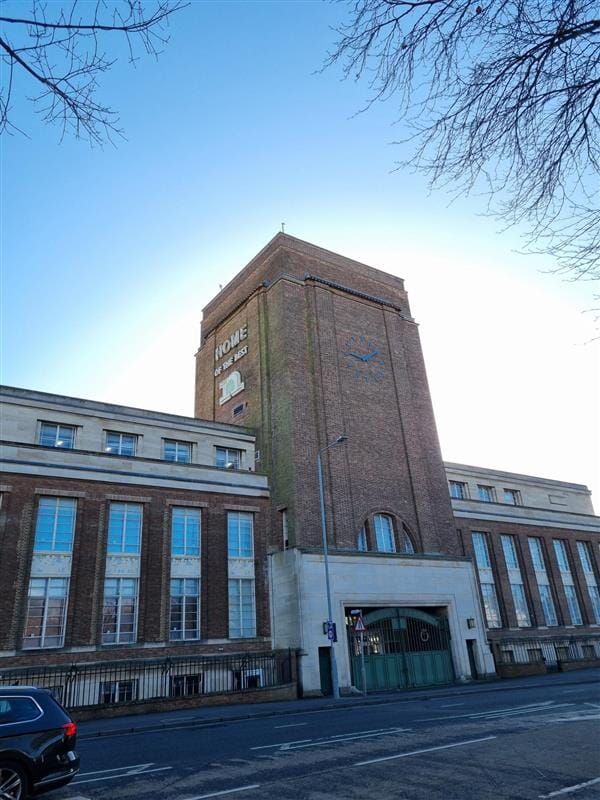How to Prevent BREEAM Project Delays in December
Thermographic surveys are a vital diagnostic tool for uncovering hidden defects and improving building performance. In the UK, the survey season begins in October and continues through to March, when colder weather provides the necessary temperature contrast for reliable imaging. By planning inspections during this window, property owners and developers can gain accurate, actionable insights into their building’s thermal performance.


What Is a Thermographic Inspection?
A thermographic inspection (also called a thermal imaging survey) uses infrared cameras to identify hidden building defects such as:
-
Heat loss and insulation gaps
-
Thermal bridging
-
Air leakage
-
Moisture and damp issues
By capturing temperature variations on building surfaces, these surveys provide visual evidence of energy inefficiencies, making them a powerful tool for improving building performance and compliance.
When Does the Thermographic Survey Season Begin in the UK?
Unlike thermal modelling, which can be carried out all year round, thermographic inspections rely on a strong temperature difference between indoors and outdoors (usually at least 10°C).
In the UK, this condition is met during the colder months. When the buildings are heated internally, outdoor temperatures remain low and thermal contrast makes defects easy to detect.
Why Cold Weather Matters
-
Enhanced Accuracy: Heat loss shows more clearly when external temperatures are low.
-
Reduced Solar Gain: Surveys done in early morning or evening avoid sunlight, which can mask results.
-
Best Practice: Industry standards recommend surveys only when conditions meet strict guidelines on temperature, wind, and moisture.
Need a Thermographic Inspection?
Best Conditions for a Successful Thermal Imaging Survey
To ensure accurate results, thermographic inspections should be carried out under the following conditions:
-
Cold, dry weather (no rain or fog)
-
Low wind speeds (ideally <10 mph)
-
Stable indoor heating maintained for at least 24 hours before the survey
-
Early morning or late evening (to avoid solar influence)
Preparing Your Building
Clients should:
-
Heat the building to a steady 20–22°C
-
Ensure all areas are accessible
-
Schedule surveys during colder months for best results
Infrared Thermography Explained

Speak to a Thermal Surveyor today!
Frequently asked questions about Thermographic Inspections
Call: 01159 875 599 or email:
Great service from the Encon Associates team. They were professional, quick and reliable in all dealings with us, from the initial enquiry to completion. Highly recommended.


